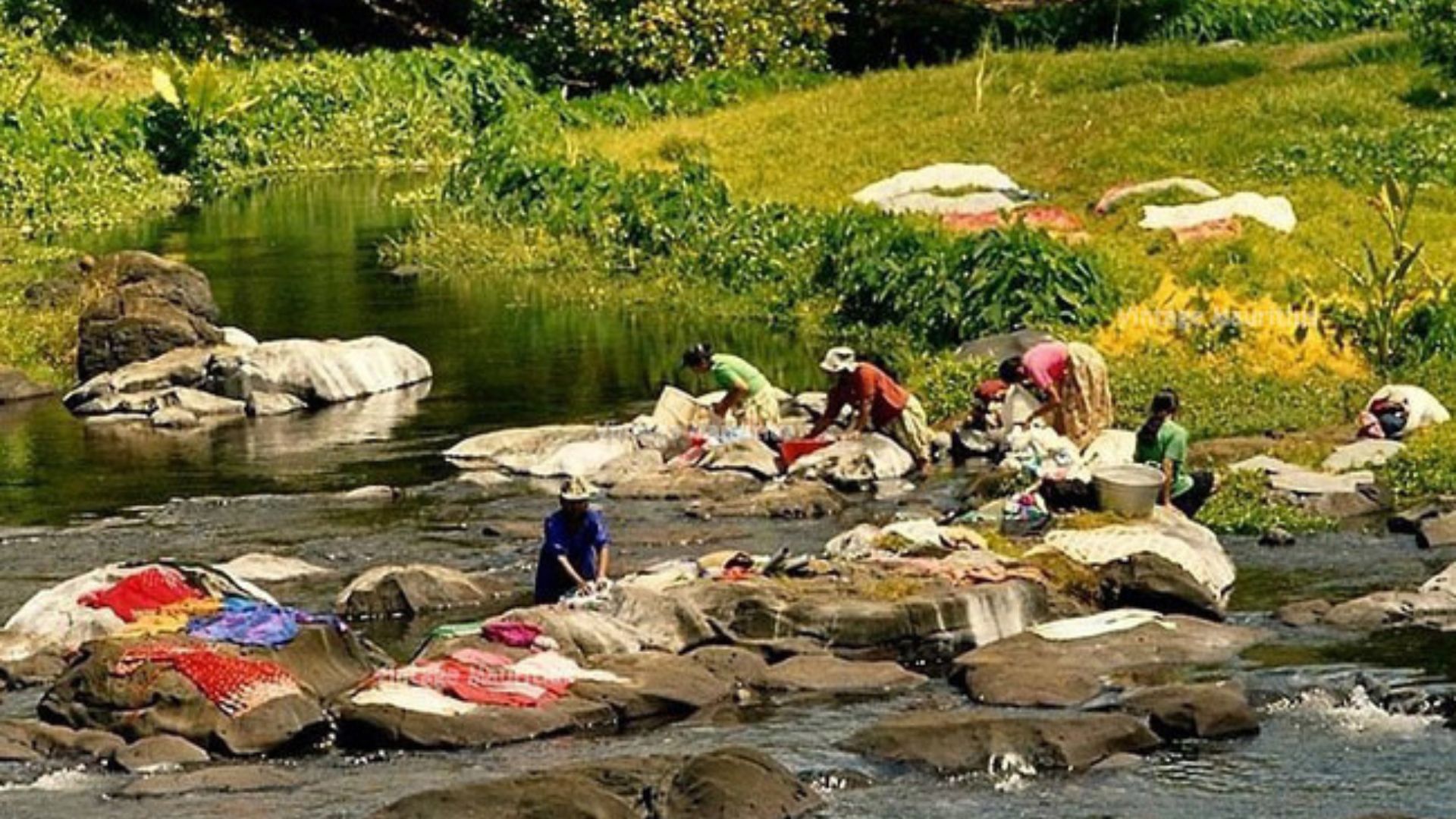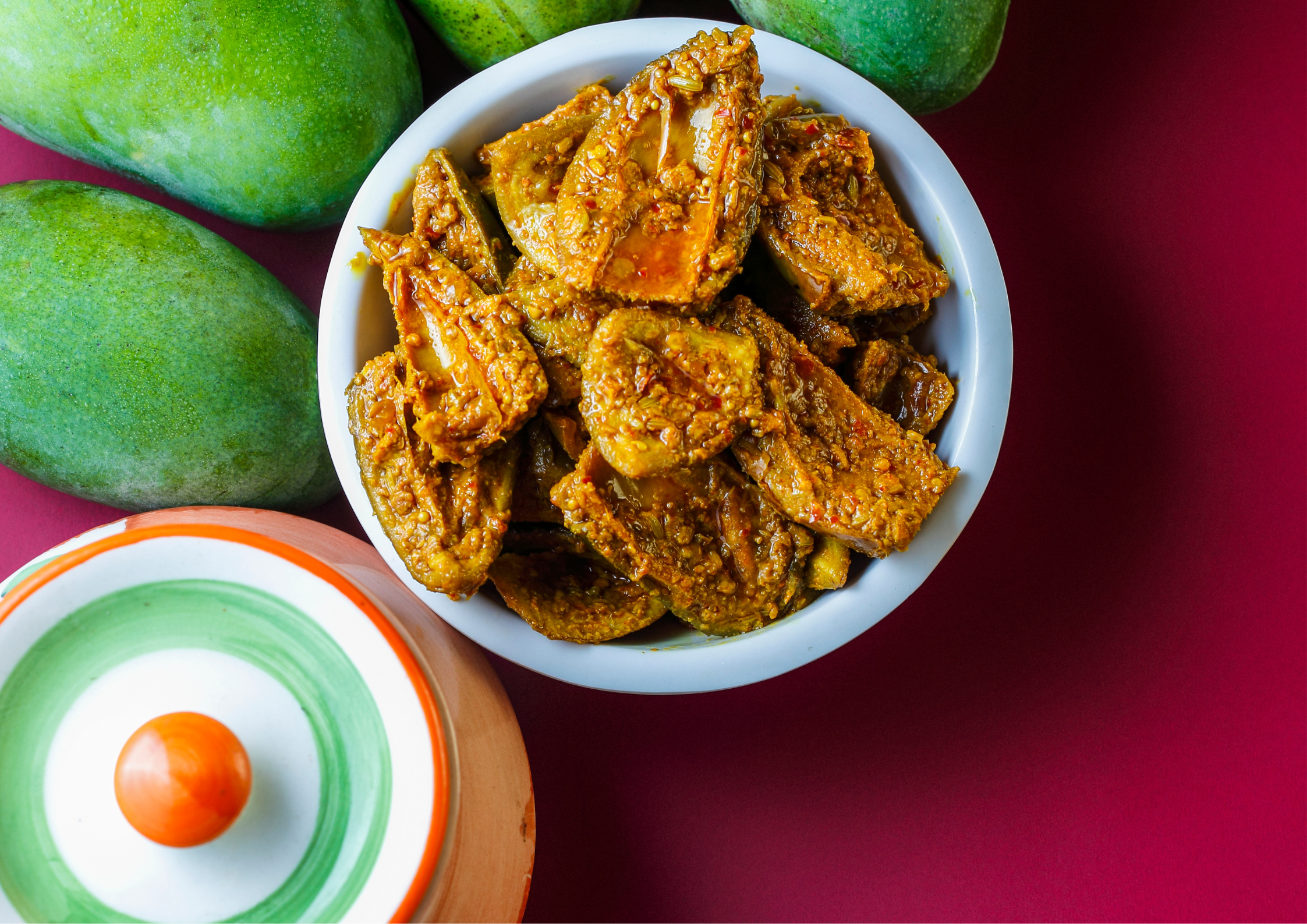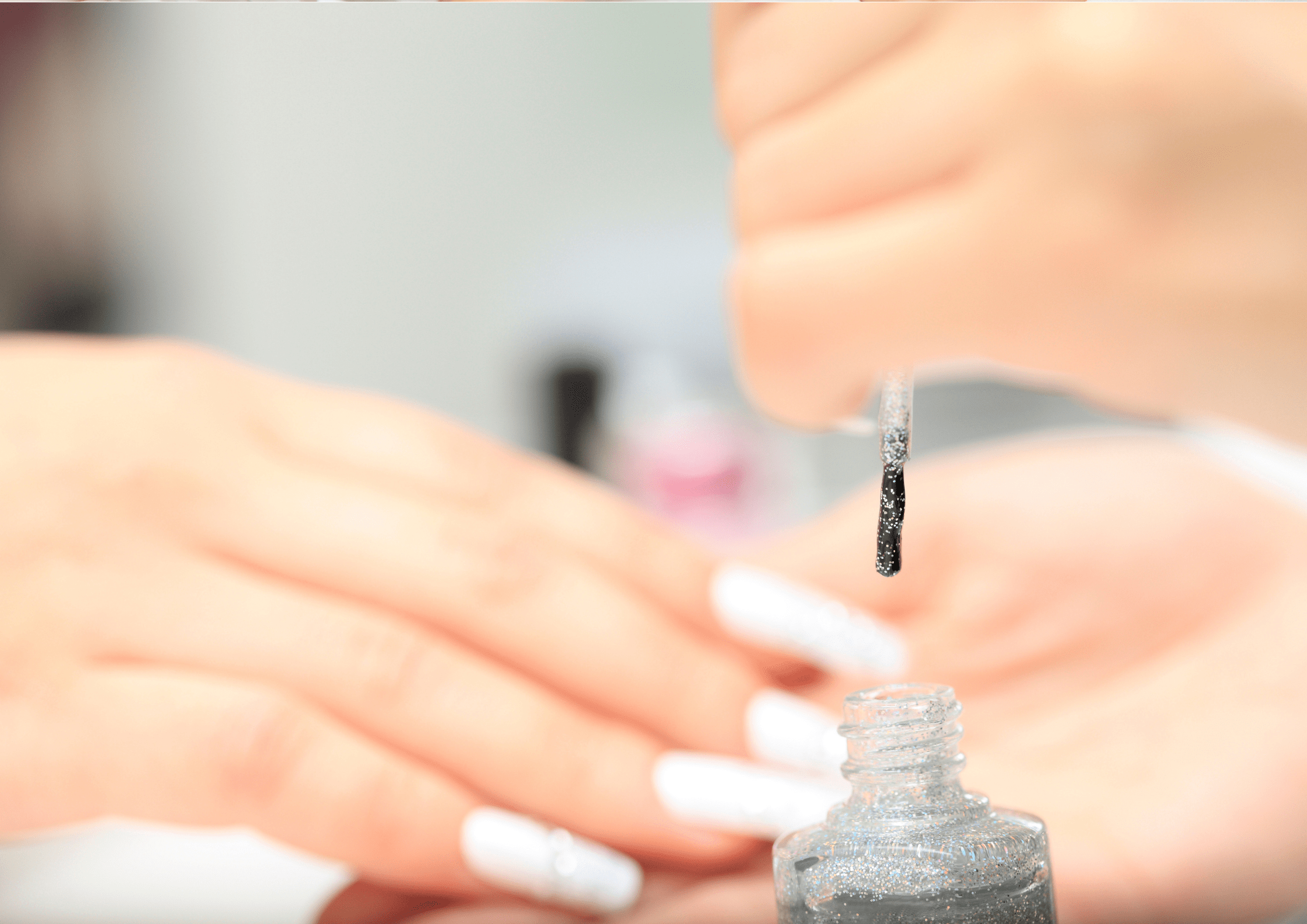Mauritius – Our unusual fruits: Wax or Java Apple & Ambarella
There is a variety of rare fruits in Mauritius that are only found in certain parts of the world. These fruits tend to disappear when they deserve to be brought back on the market due to the new momentum of going back to basics and consume local.
The jamalac (zamalac in Creole), wax apple or Java Apple in English, a pretty little bell or heart shaped fruit, from the wax/Java apple tree is a crunchy, and slightly sweet tropical fruit. The fruits can be different in color and size depending on the variety: some are bright red, some candy pink or white. The tree, native to Indonesia, introduced to the island during the 18th century, can reach 10 meters in height, bearing the fruits in panicles around the branch tips. The species is spread by the Black Fruit Bat, an endemic giant fruit bat and it is common to find wax apple trees growing in the wild. Its water content (90%) and its low caloric intake makes it a very thirst-quenching fruit, perfect for those watching their diet. The fruit is eaten raw, often mixed with other summer fruits and makes tasty salads, very popular in Mauritius, especially when topped with salt, vinegar, and a little chilli pepper.
The Cythera Plum (Frisiter in Creole), also known as ambarella, comes from the ambarella tree, which is also called golden apple tree. A cousin of the mango, this small fruit, of yellow-orange color, is fleshy with a fibrous central core bristling with thorns. In Mauritius, it is eaten raw, half-ripe or fully ripe. The ripe fruit, soft and sweet, can be enjoyed plain or in jam, while when it is green, we eat it raw with salt and chillies or in pickles to accompany our authentic Mauritian dishes. Half- ripe, we appreciate it crystallized. The particularity of the fruit is that it falls from the tree while it is still green and ripens a few days later. The ambarella fruit, rich in calcium, vitamin A, B1 and C, also helps in soothing the liver after a slightly boozy evening!
NadElle





























